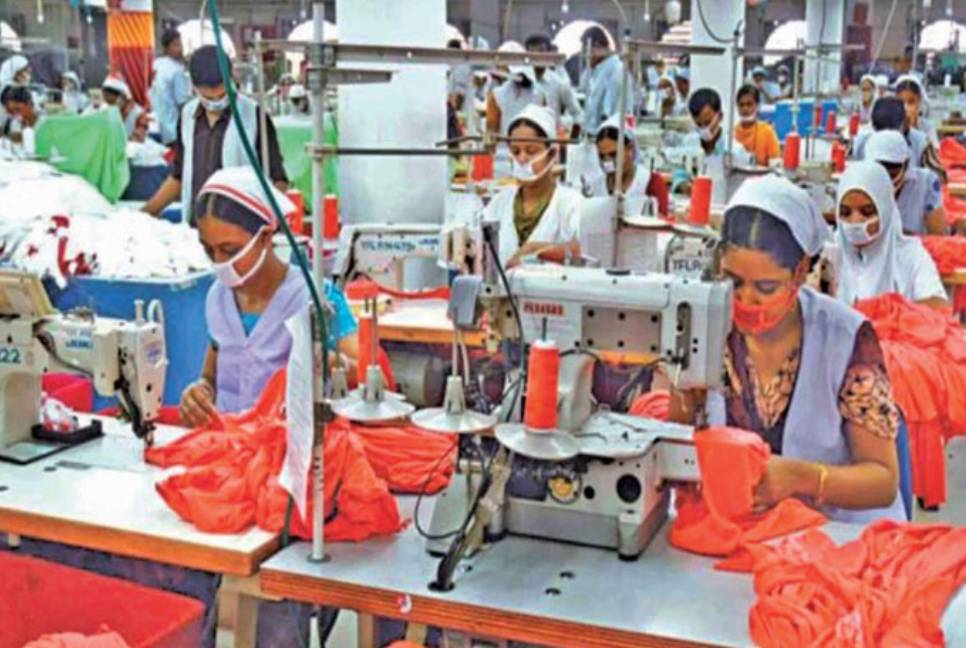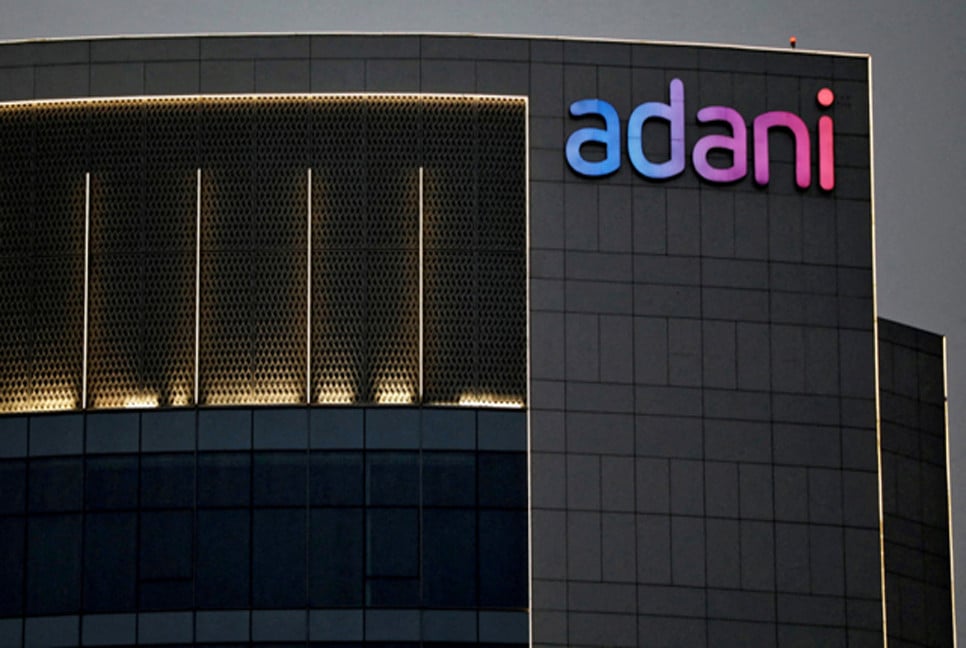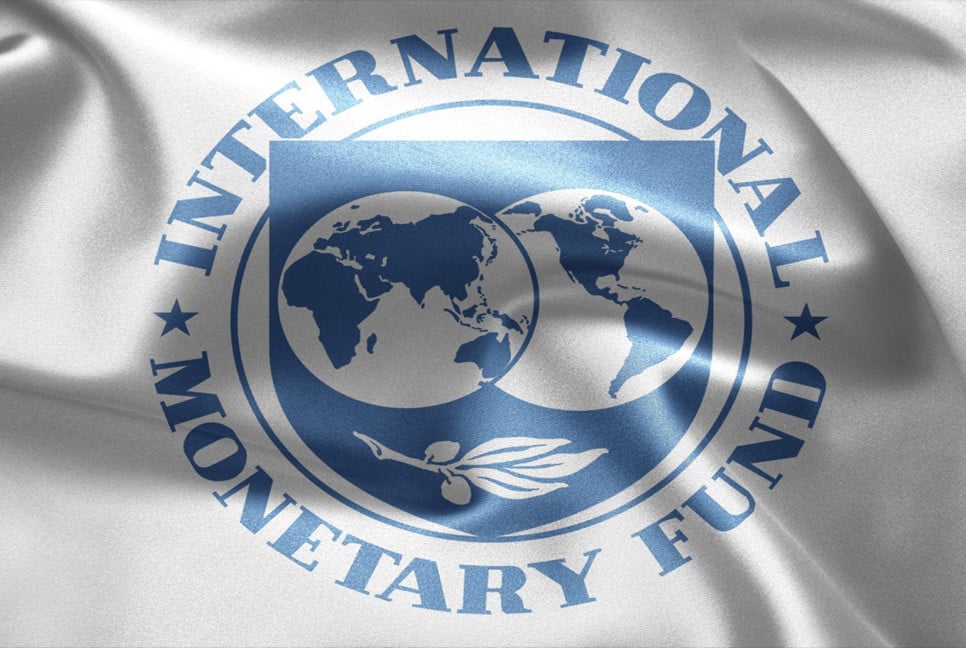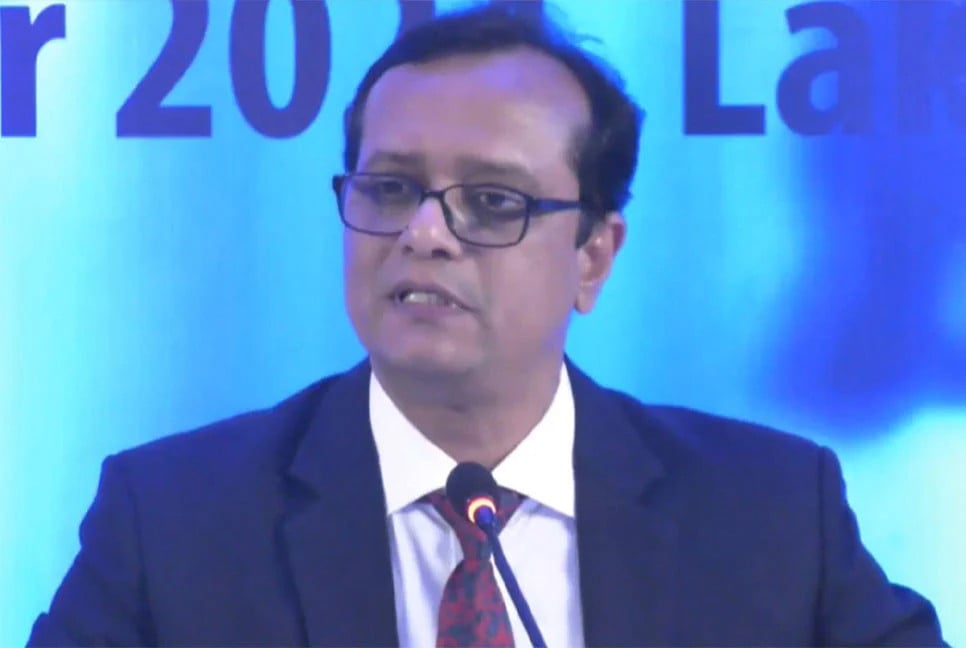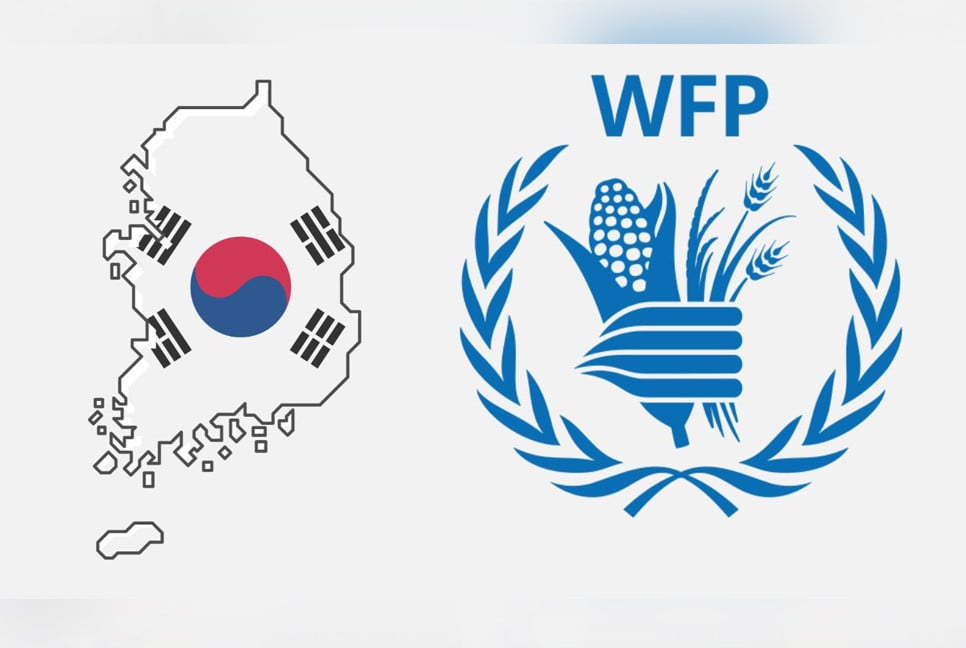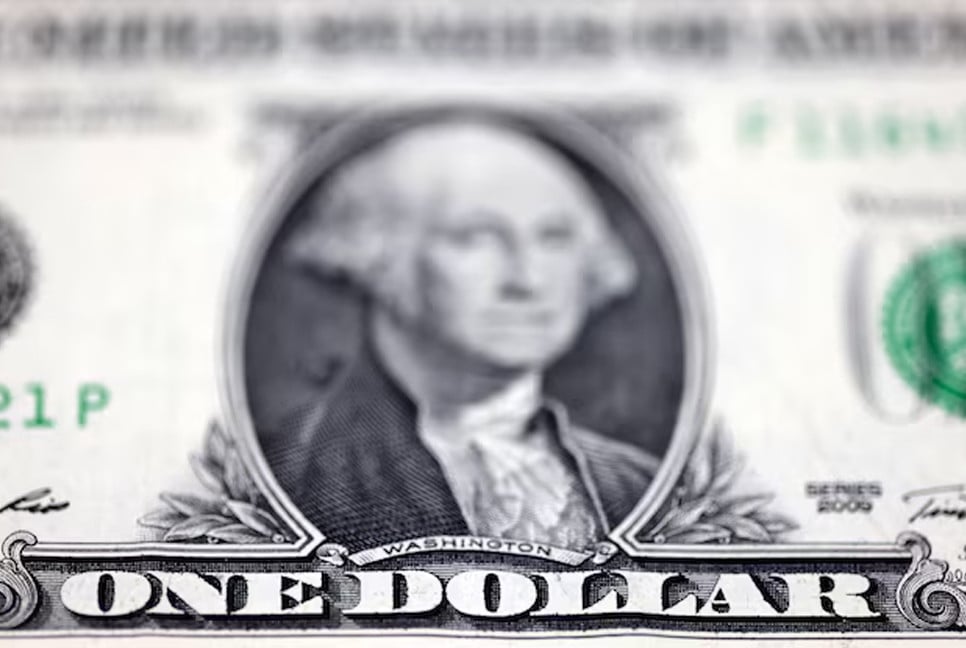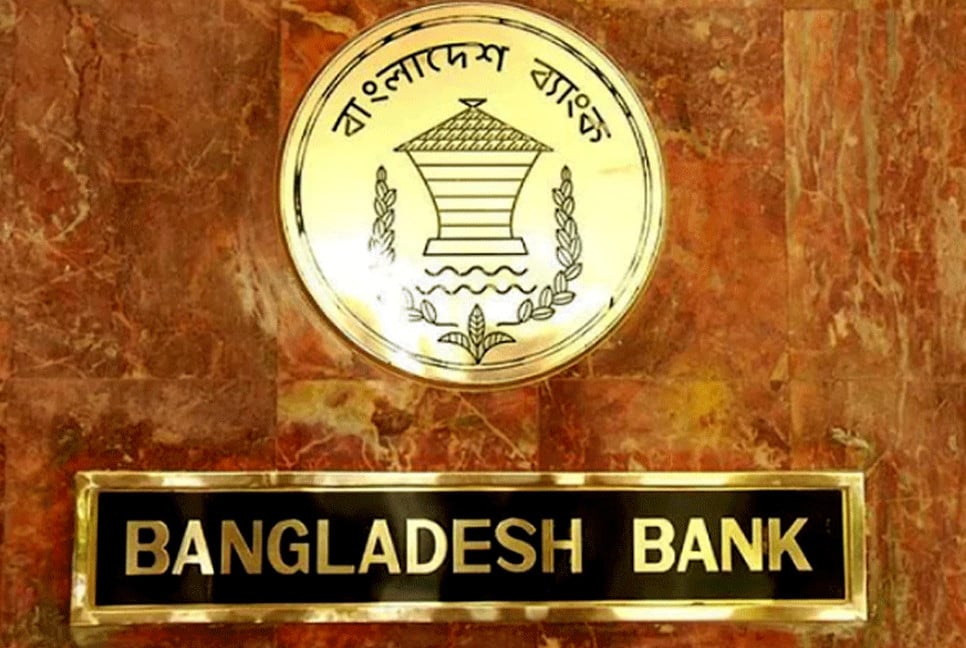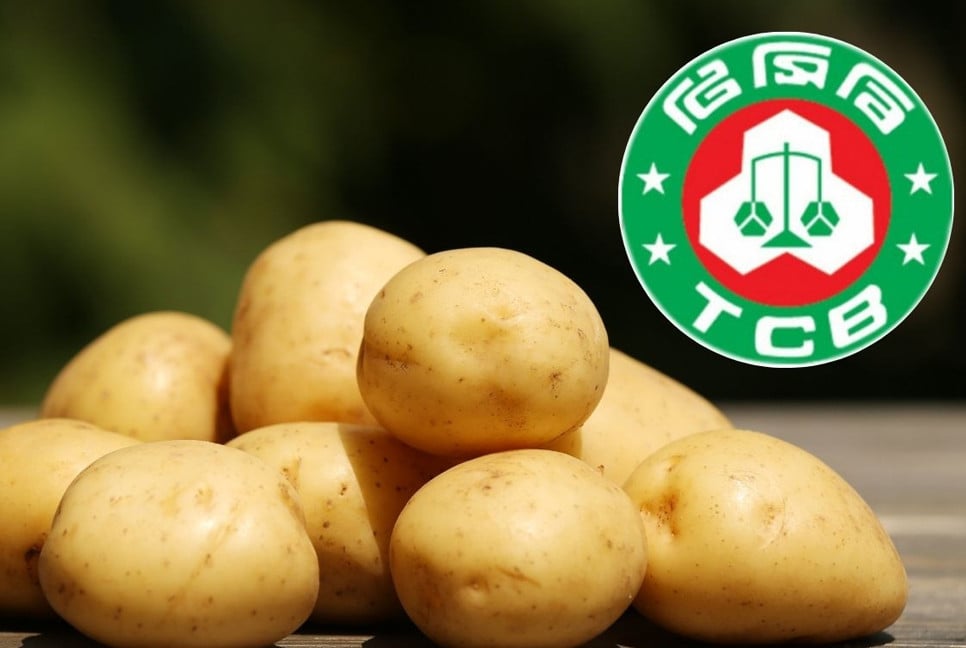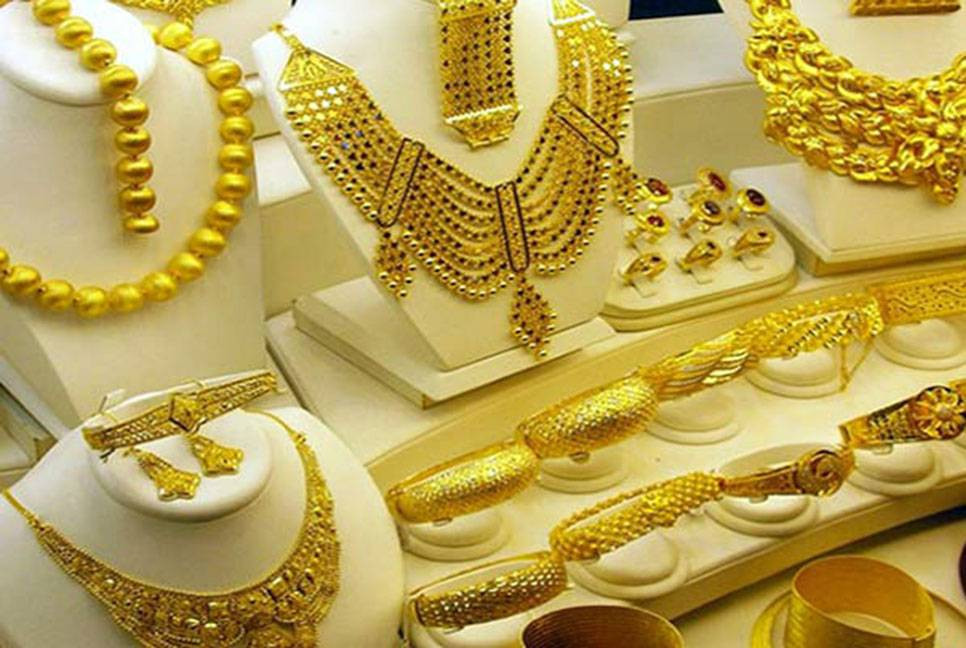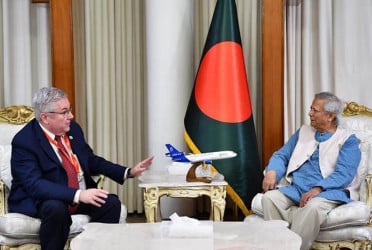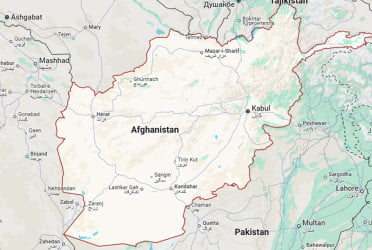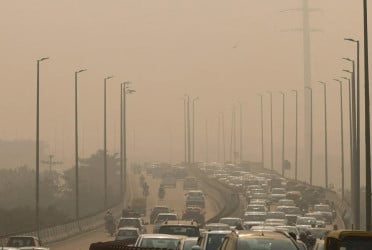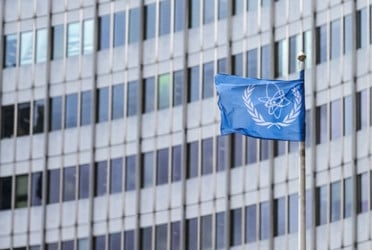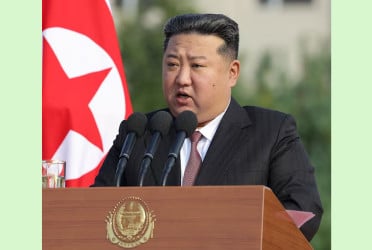Bangladesh has retained the status of the top exporter of garment items in the UK market in consideration of quantity in the period of January–October 2023, said Bangladesh Garment Manufacturers and Exporters Association (BGMEA).
BGMEA revealed the UK’s import data showed Bangladesh exported 178.39 million kilogrammes (kgs) of garment items to the UK while China shipped 159.25 million kg.
Contacted, BGMEA President Faruque Hassan told news agency UNB that considering the performance of the UK sourcing countries, China is at the top. It is followed by Bangladesh, Turkey, India, and Pakistan.
Bangladesh had secured its position as the top garment supplier in Europe in terms of volume (quantity) in 2022.
“Our position in the UK market remains the same because, in 2022, the UK's imports from Bangladesh exceeded imports from China, and this trend continues in the first 10 months of 2023,” he said.
However, Bangladesh's share of the UK's total apparel imports is 23 per cent in terms of value and 28 percent in terms of volume, said Faruque.
The BGMEA president said, “So far, we have been able to secure our position through potential cost savings, timely product delivery, and maintaining quality, which has kept us ahead of the competition in the fashion world.”
He said that the UK market still has opportunities as they approach the saturation point, and the global trade policy and competitive landscape will change over the coming decades. The key to capturing more global market share and sustaining growth will be to shift to higher-value products and higher-value markets by acquiring capabilities in backward and forward linkage industries.
Bangladesh can add higher value by moving into the mid-high price segment of the market, where a T-shirt or a polo shirt can fetch higher FOB revenue only because of the complex process (e.g., advanced fabrication, embroidery, printing, even functionality), he said.
Incidentally, it would also like to mention that, considering the average price of UK apparel imports, Bangladesh offers the lowest price compared to other competitors.
“Our average price is 21.39 per cent lower than China, 32 per cent lower than Turkey, and even 26.75 percent lower than India. This not only proves that we are not competitive in the global market, but at the same time, our absence in the mid-high price segment of the market is starkly evident. At this point, we need to strategise to capture the mid-high price segment to take the industry forward,” he said.
bd-pratidin/GR

